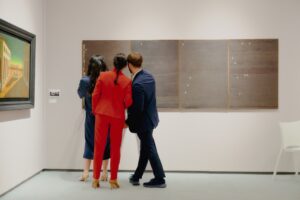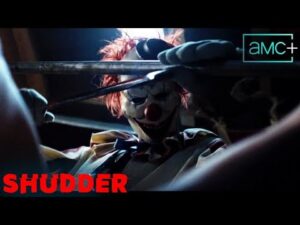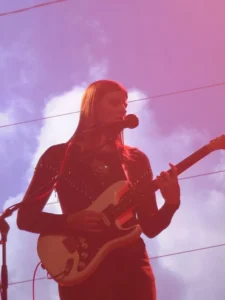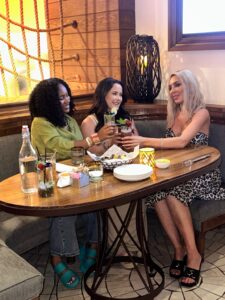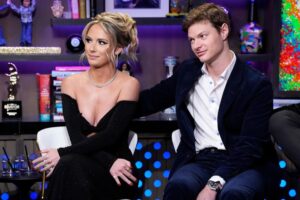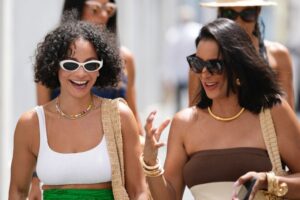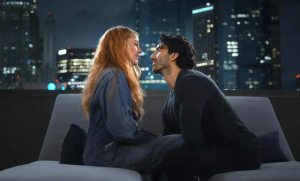Artist Spotlight: Mei Semones
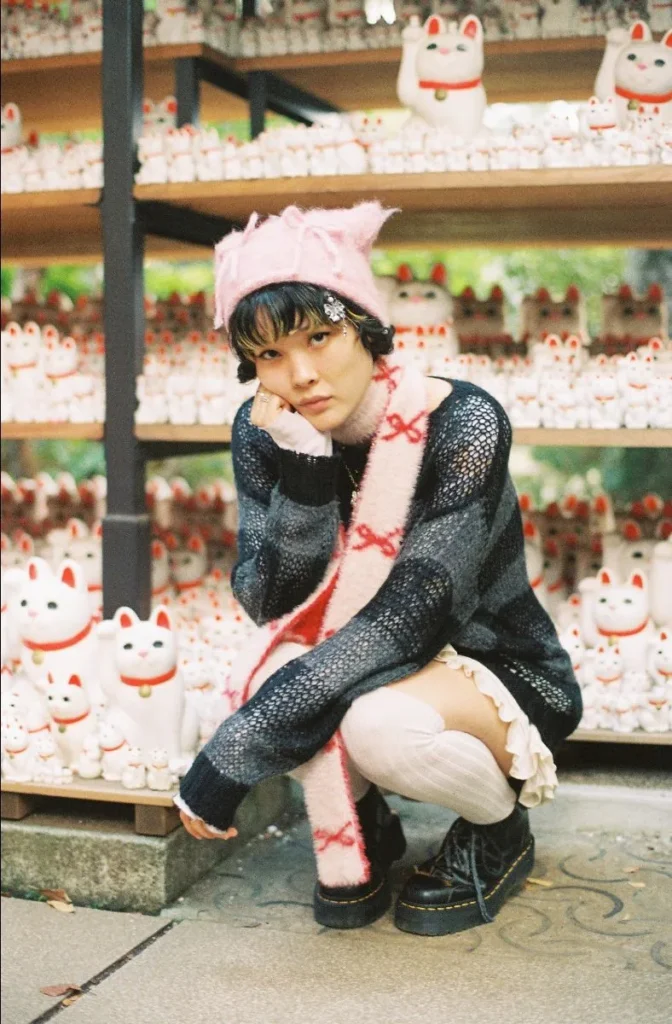
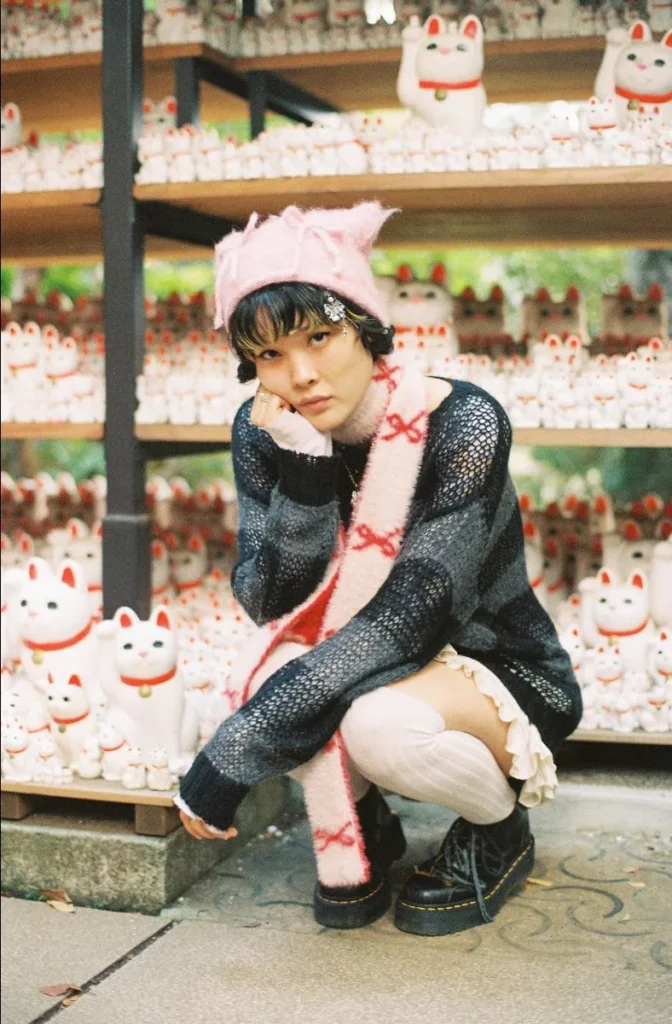
Mei Semones is a singer-songwriter and guitarist who grew up in Ann Arbor, Michigan. She began taking piano lessons at a young age before switching to guitar and playing in jazz combos in high school. Having graduated from Berklee College of Music in 2022, Semonse moved to Brooklyn, started working at a Japanese preschool, and released her first EP, Tsukino. Two years later, she signed to Bayonet Records and dropped her impressive Kabutomushi EP, which featured Noah Leong on viola, Claudius Agrippa on violin, Jaden Raso on bass, and Ransom McCafferty on drums. Nearly the same backing band – now with Noam Tanzer on bass – joined Semones to record her recently released debut LP, Animaru, with co-producer Charles Dahlke.The record deepens Semones’ seamless blend of dreamy bossa nova and jazz-inflected indie rock, maintaining a gorgeous atmosphere while dynamically maneuvering from one odd feeling to another. There’s so much heart and charm in it, though, that no part of its eclectism feels alienating. “There’s something I like about it,” she sings of the ‘Dumb Feeling’ that opens the album, then spends the rest of it elaborating in her own musical language.
We caught up with Mei Semones for the latest edition of our Artist Spotlight series to talk about the journey to her debut album, her compositional process, dumb feelings, and more.
One childhood memory you bring up on the album is catching crayfish with your sister. I was wondering if you could start by telling me more about the environment and the animals that come to mind when you think about your upbringing.
For that song specifically, when me and my sister were little, we would go to this creek behind our house in Michigan, which was in the woods, and catch crayfish – go and play in the creek and look for fish. In terms of other animals, at least where I grew up in Michigan, there was a lot of deer, a lot of squirrels, rabbits, just normal forest animals, at least for the Midwest. That’s the main wildlife that I saw when I was younger. I also grew up with dogs, which is not wildlife, but that’s another type of animal that I really love.
Were you curious about them in any way?
I’ve always really loved animals, watching them and interacting with them if I can. I also had some hamsters growing up. I do still like animals and will watch YouTube videos about them and stuff like that. [laughs]
Family is important to your art in general. Your mom has made all of your artwork, including the one for Animaru. How would you trace your creative relationship? Was art something you connected over before you started making music?
With my mom specifically, we had never really worked together in this way before at all. I didn’t really start asking her to make artwork for me until after I started releasing music and needing designs for posters and stuff, so it’s not really something that we talked about before. In terms of connecting about music and stuff, my parents had me and my sister start taking piano lessons when we were really little, so that was a thing that we would do, and she would sometimes help us when we were little, just practicing piano. We weren’t at an age where we could do it by ourselves – we were, like, five. I feel like my mom would show me manga, Japanese comic books, but we didn’t necessarily talk about art necessarily that much.
When did music become a passion that had a social aspect to it?
I started playing in bands and stuff in middle school, so at that point it was something I started doing with other people. And then in high school, I started performing in front of people more and playing in different jazz combos. And then I kept doing that into college and now.
I feel like Animaru is the kind of debut album that also charts your transition into pursuing music. Did it also make you think about what it means to pursue music, or when that became important for you, in a different way?
I feel like music has always been the focus in my life. Since I was in high school, it’s the only thing that I’ve been interested in doing and what I spend most of my time doing and thinking about. I don’t think the album really was me becoming more serious or anything. But I guess in terms of the timeline of the album, when I was working on it is when I was able to stop working a day job and completely do music full time. So in that sense, it was like it was a time where I could really focus on music and put all my attention towards it and not have to be working a different job during the day and then doing music at night. I was able to just put all of my time towards music – obviously, aside from the logistics of being an artist and social media and answering emails, all the other stuff that comes along with being an artist. I do that, obviously, but then was able to focus more on music too.
The album title made me wonder if your affinity for animals and your love of music were connected in any tangible way; there’s a purity in both.
That totally makes sense. In terms of my songwriting process and my process for making music in general, I usually don’t really have any sort of preconceived concept or, like, “This is what this is gonna mean when it comes out.” So it wasn’t planned out in that way, but I do think that looking back at the songs, there’s definitely consistent themes throughout; a few different songs have different animal themes in them, and that wasn’t really something I was thinking about as I was writing it. But then at the end, I would realize this is a theme throughout the album.I appreciate you saying the word purity, and maybe it feels that way because it’s just naturally what’s coming out as opposed to something planned and then made.
People may project this idea of meticulous planning when it comes to your arrangements. Does what you said about writing lyrics apply to the music?
It definitely takes a lot of time to arrange all the parts. Even just writing a song, it can take a while to figure out all the chords and exactly how it’s gonna go and the structure and the dynamics and the melody. In that sense, I feel like it was planned out pretty meticulously. And then when we go into the studio, we’re basically just trying to get the best take possible of our arrangement, to capture the way that we play the song in the best way possible. It’s not like we’re making stuff up on the spot in the studio. It’s what we’ve been practicing probably for a few weeks before, and then we go and try to get the best take possible. But in terms of things that happen in the studio that were not necessarily planned out, that would be more like getting specific guitar tones or maybe adding some textures that we weren’t planning on doing; more like stuff that’s augmenting the music, whereas the core of the songs are pretty much set before we go into studio. We just do that and then add other stuff on if we want to.
The songs on Animaru that feature acoustic guitar more prominently tend to be nostalgic in a way, while those lyrically feel more raw and present sound more explosive and electric. I wonder at which stage of the process you tend to set the dynamics of a song.
I would say the dynamics are usually set during the songwriting process. When I’m writing alone, I’ve probably already decided the dynamics of the song for the most part. And then in terms of actually executing it, obviously that comes with talking to my band and, as we’re practicing it, conveying to them, “I really think this part should be really loud and this probably should get really quiet.” And then in the studio, adding electric guitar for the parts that I think should really full and loud or whatever. But the dynamics are pretty much determined when I write this song. Executing it comes with talking to my band and adding the different layers, although even when I’m playing the song by myself, I’m still playing those dynamics.
A great example of those dynamics playing out from one song to the next is ‘Norwegian Shag’ bleeding into ‘Rat With Wings’.
The way that I wrote the songs, it was meant to be one goes straight into the other. I think I wrote them in a similar time period; I don’t remember if it was the exact order that I wrote them in, but when I was writing ‘Rat with Wings’, I had just been playing the song ‘Norwegian Shag’ and then went into Rat with Wings’. I started writing ‘Rat with Wings’ with the idea that it was going to come directly out of ‘Norwegian Shag’.
Do you feel like the latter was adding to or moving past the yearning in the previous song?
I think my feelings in both the songs were existing at the same time, so for me, it wasn’t really a progression from one song to the other. It was just expressing different feelings that were happening maybe at the same time.
You’ve been singing and writing lyrics in both English and Japanese since your first single. How has your relationship to this mode of writing deepened or changed since then?
The main thing that comes to mind is that when I first started writing lyrics in both English and Japanese, it was pretty defined in terms of, like, where it would switch. Normally,it would be section by section. But gradually over time, it’s becom a little more fluid and it’ll be within the same section – sometimes even within the same sentence, I’ll switch between languages. So I feel like it’s become more more free in the way that I switch as I’ve realized more and more that I don’t think it matters what language I’m singing in, because for me, it’s more about the feeling and the music. I care about the lyrics and everything, but I’m not trying to organize it in any specific way, more so just trying to make sure that it feels good for the music and fits well and is conveying the feeling that I am trying to convey.
There’s a moment where you switch to Japanese to sing “my guitar” right before this really intense guitar line in ‘Tora Moyo’.
I knew I wanted to say “my guitar” because that’s what the song is about, or what the lyrics happening right before that are about, so I kinda wanted to say it outright at the end. And I think the syllables “my guitar” didn’t fit with the melody that I had in mind because it has more notes – I would have to sing three notes on the word “my,” so then it made more sense to do it in Japanese because “boku no” has three syllables so it fits with the melody better.
The first time that an animal is brought up, it’s to remember the feeling of being a fly stuck to the wall. How would you describe that numbness, that dumb feeling?
That dumb feeling is actually a good feeling. I’m happy to be a fly on the wall – I’m happy to just be, like, chilling. One of the lyrics is “I don’t need to get my word in,” and I guess the point of that is just, I don’t need to be the focus, I don’t feel the need to be in the center of things or have people paying attention. I’m just gonna be doing whatever I wanna be doing, making music and whatever. I’m not necessarily worried about whether other people are listening to it. I hope people are listening to it, I hope people like it, but first and foremost, I’m happy to be doing it because I like music.
This interview has been edited and condensed for clarity and length.
Mei Semones’ Animaru is out now via Bayonet.
The post Artist Spotlight: Mei Semones appeared first on Our Culture.
